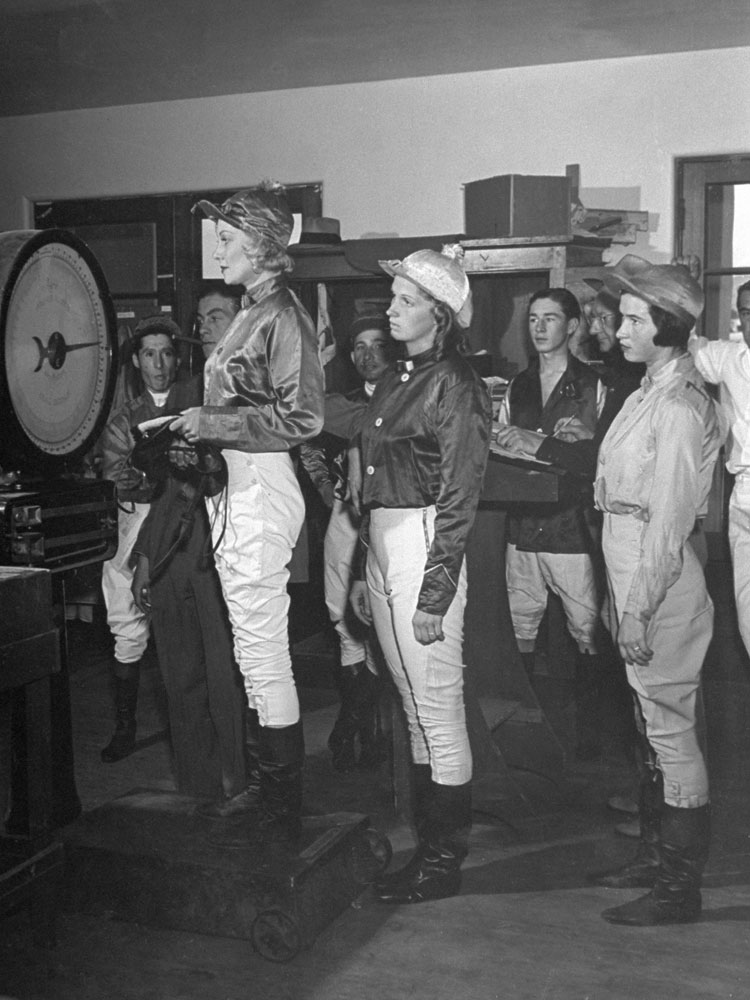
“Sweet little Alice Van is as daredevilish a rider as ever came out of the Wild West,” LIFE informed its readers in the August 18, 1940, issue of the magazine. “Aboard a savage steer or proudly flaying a bucking bronco she has been the darling of hundreds of U.S. rodeos.”
But in late July of that year,at Tijuana’s Agua Caliente racetrack, Van “achieved new fame. Wearing borrowed silks and a pair of borrowed jockey pants (two sizes too large), she mounted a cheap claiming horse named Drum Music and rode him to victory by a nose in a revival of Agua Caliente’s famous Powder Puff Derby. Behind her as also-rans struggled six other girl jockeys on six other old nags.”
Today, at least some of the language used in that brief little feature in LIFE would be utter gibberish to the ears of the vast majority of readers. Silks? What silks? And what on earth is a “cheap claiming horse,” anyway? But in 1940, when thoroughbred horse racing was still an incredibly popular sport in the U.S., it’s a safe bet that many, and perhaps even most, of the magazine’s readers would know exactly what those seemingly arcane phrases meant.
Here, on the 70th anniversary of the March, 1942 founding of the venerable Thoroughbred Racing Associations, LIFE.com offers a lighthearted look at racing back in the day, through the lens of a single race, the “Powder Puff Derby,” and half-a-dozen women jockeys, on a scorching summer afternoon at a track in Baja California, Mexico.
Oh, and by the way: “Silks” are the racing outfits worn by jockeys, featuring colors and patterns associated with a horse’s stable or owners; a “claiming horse” is a horse that can be bought or “claimed” until shortly before a race.
Liz Ronk, who edited this gallery, is the Photo Editor for LIFE.com. Follow her on Twitter @lizabethronk.
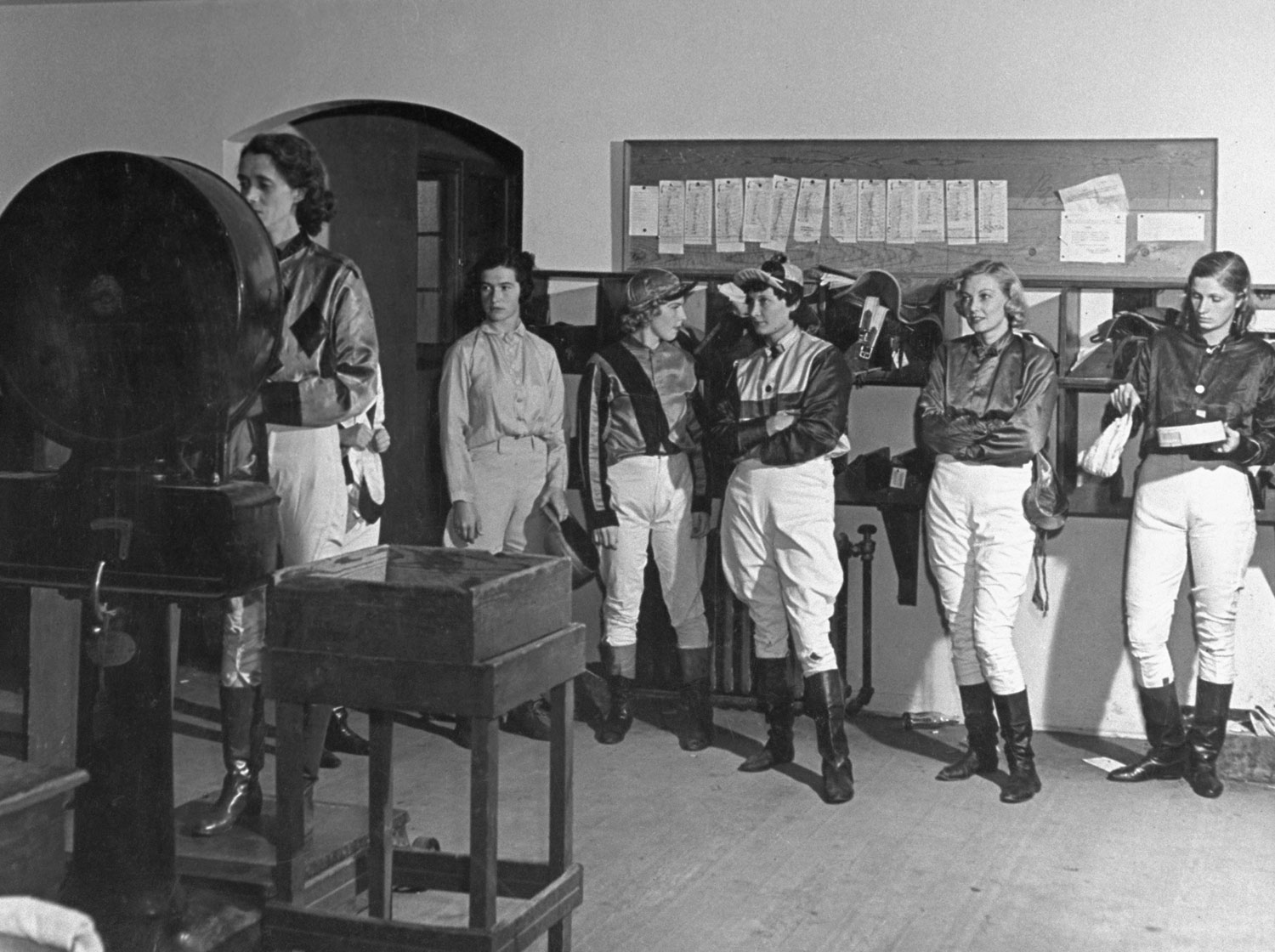
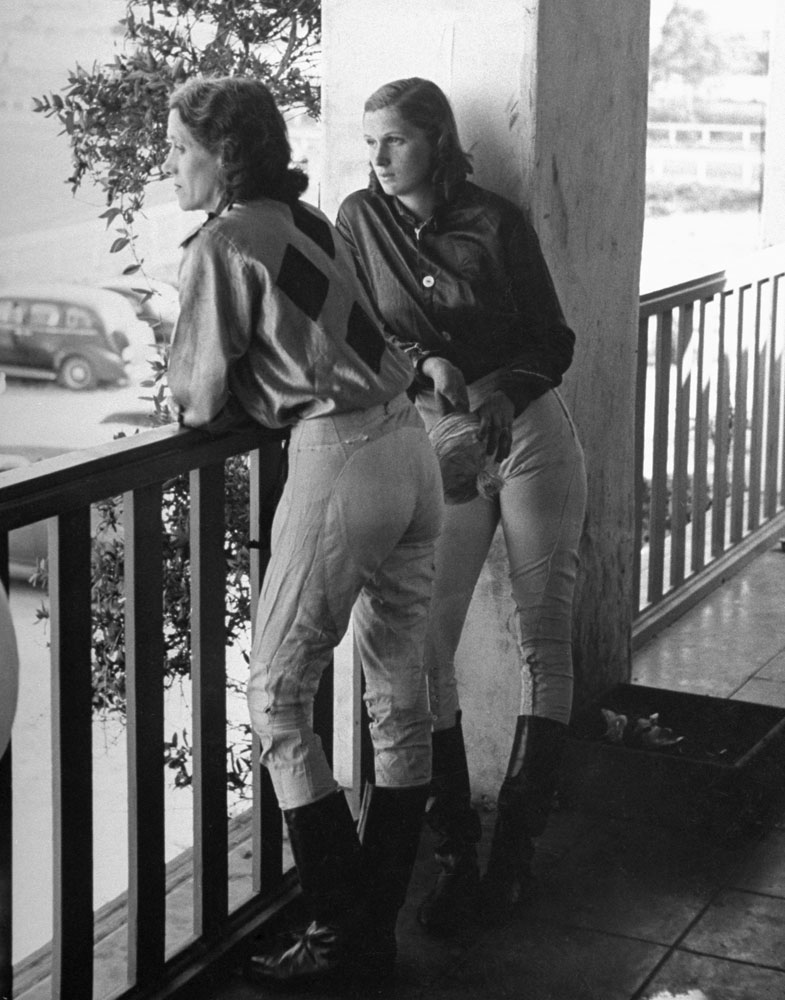
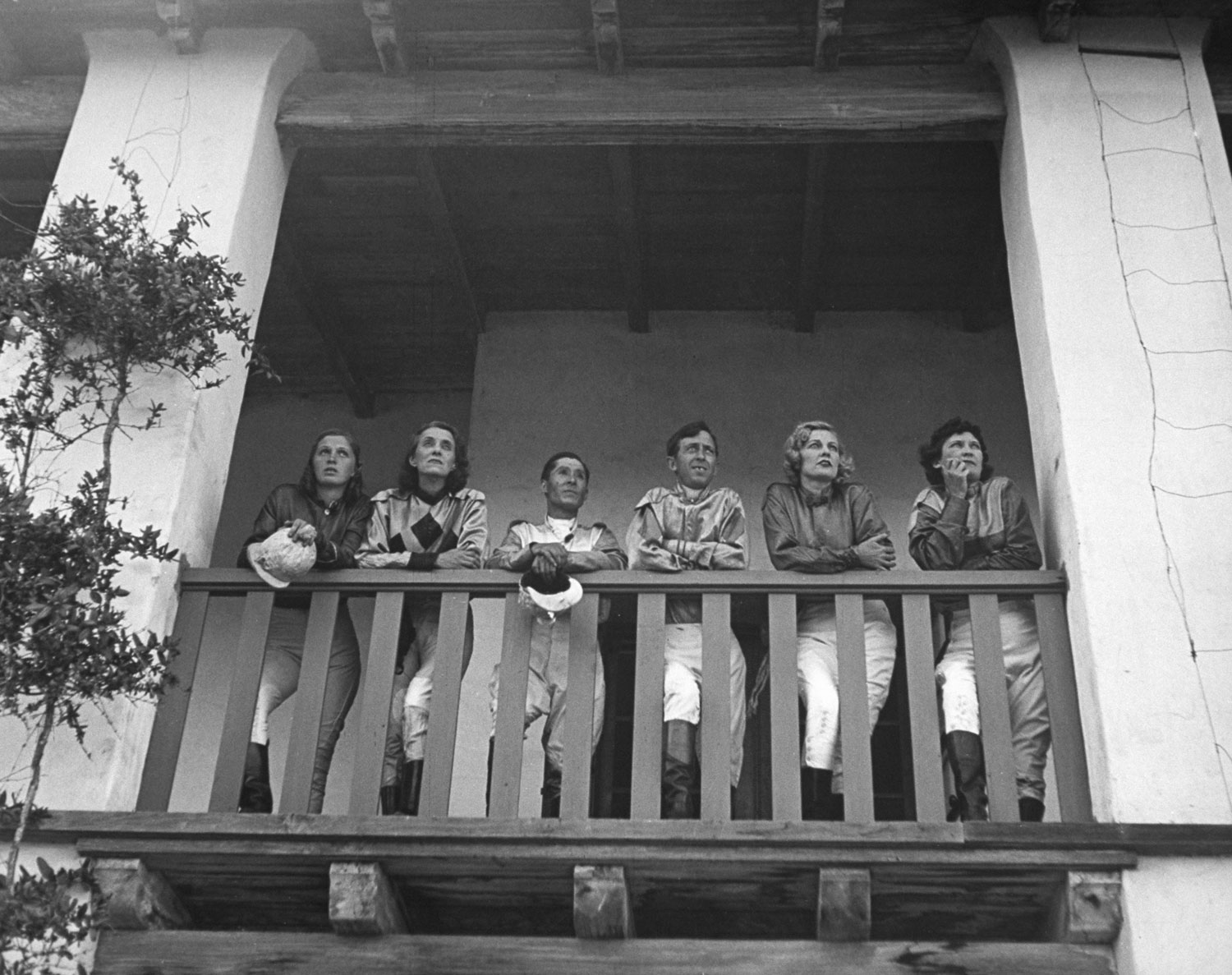
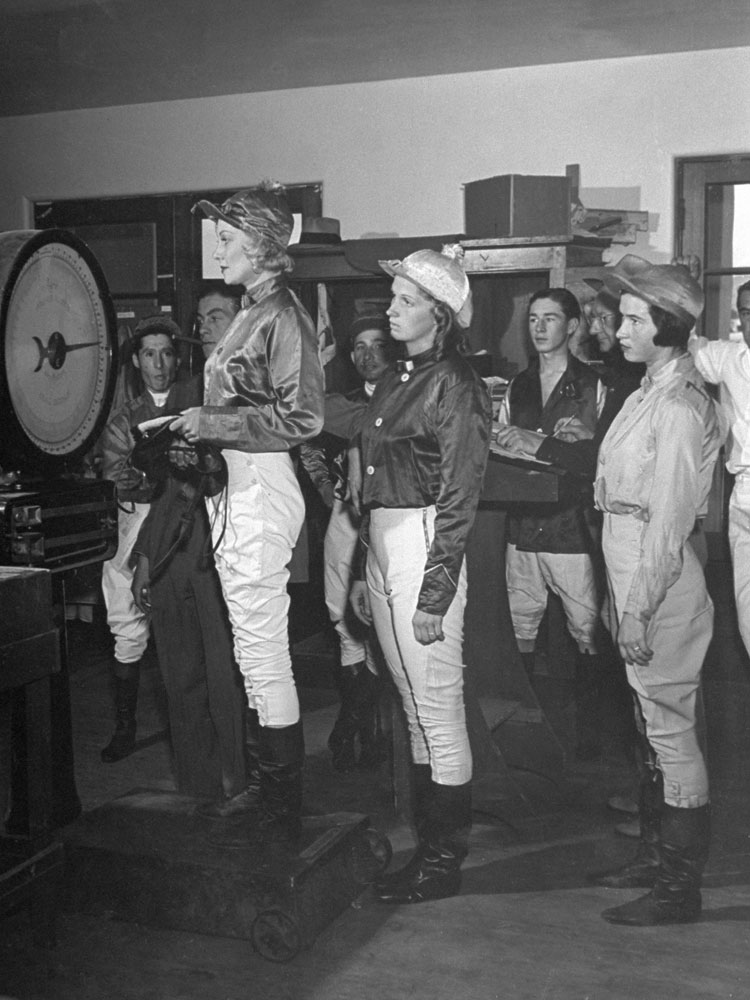
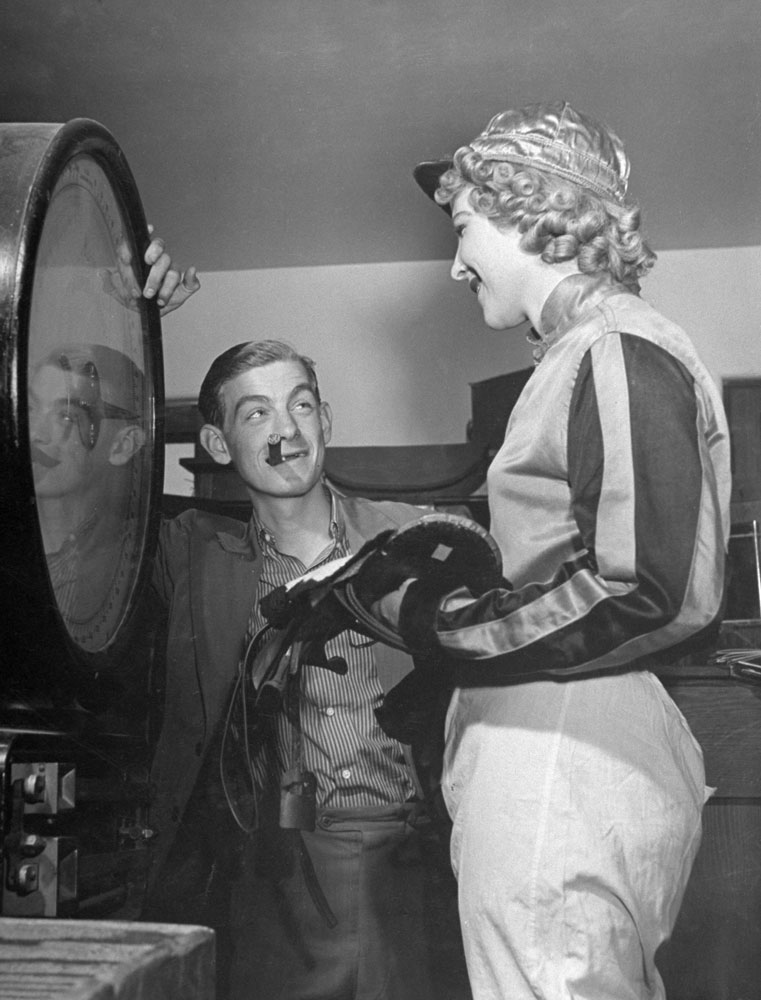
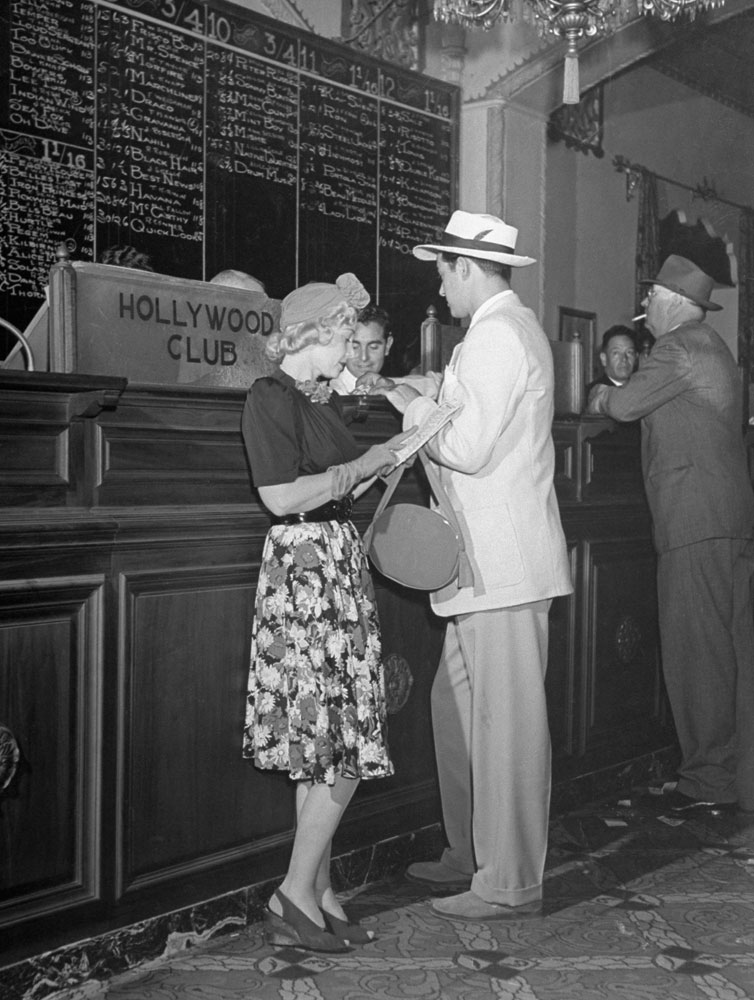

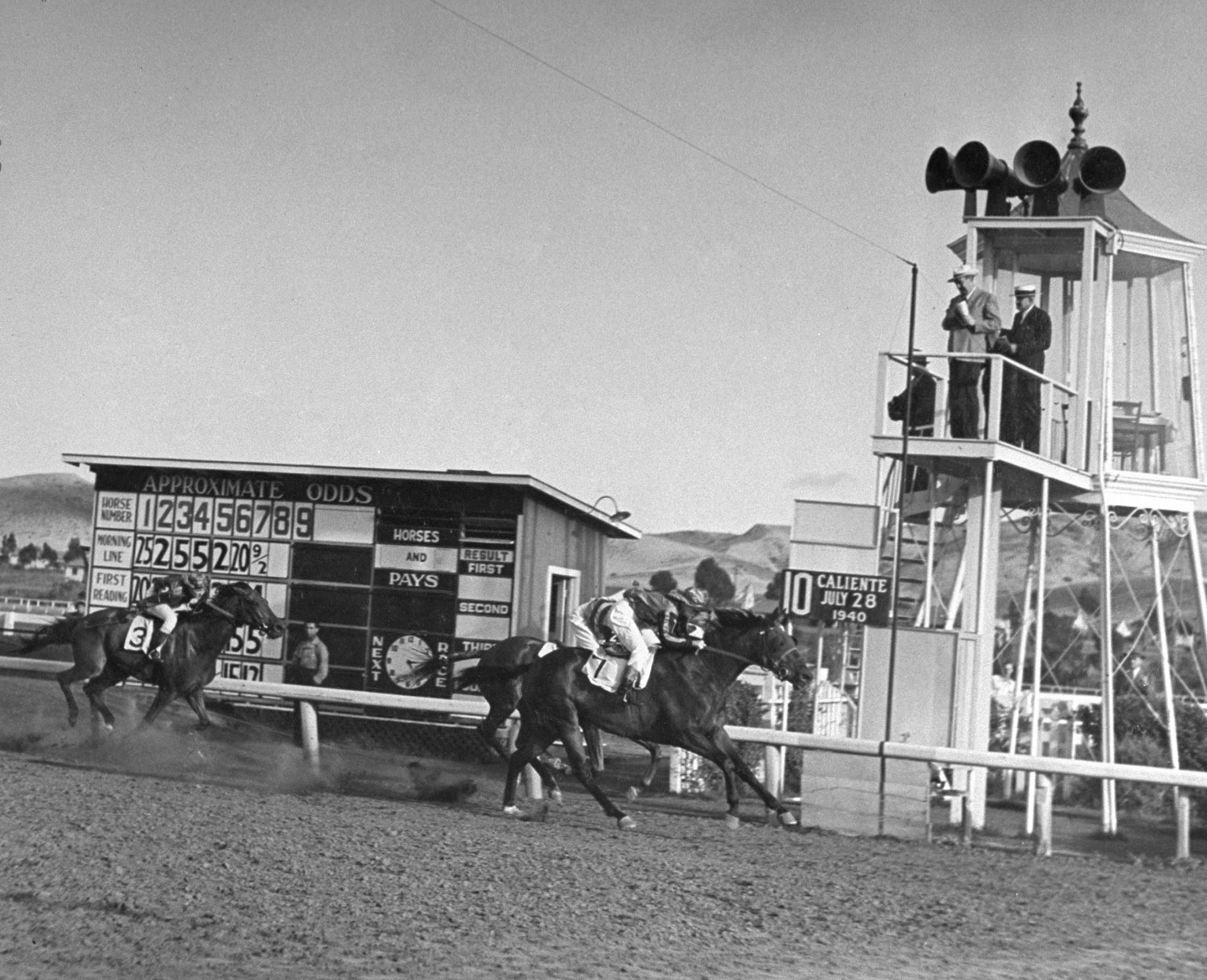

More Must-Reads from TIME
- Cybersecurity Experts Are Sounding the Alarm on DOGE
- Meet the 2025 Women of the Year
- The Harsh Truth About Disability Inclusion
- Why Do More Young Adults Have Cancer?
- Colman Domingo Leads With Radical Love
- How to Get Better at Doing Things Alone
- Michelle Zauner Stares Down the Darkness
Contact us at letters@time.com